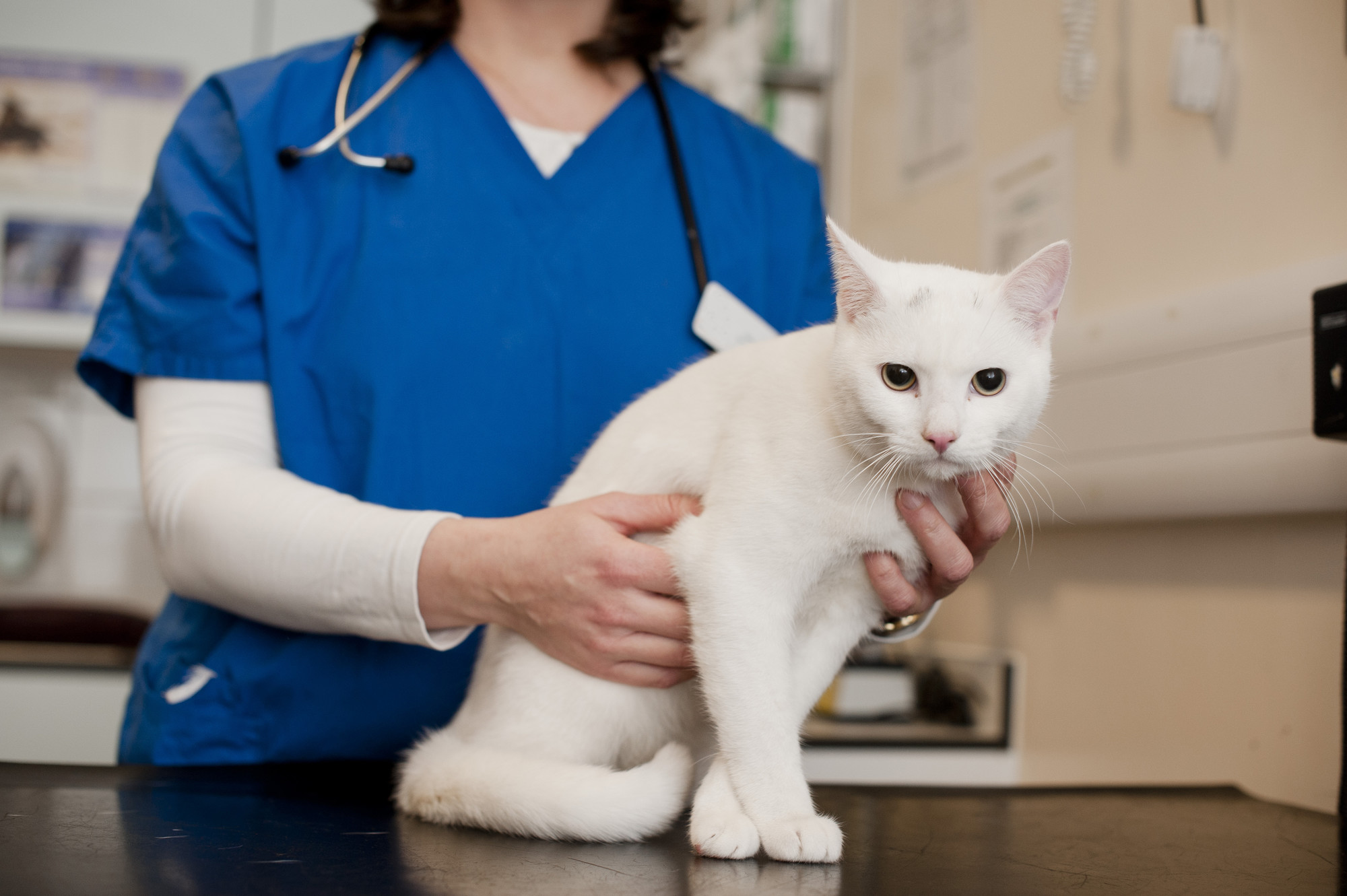
Antibiotics for cats
Antibiotics are used to treat bacterial infections, but care must be taken to prevent them from losing their effectiveness.
What are antibiotics?
Antibiotics are an important medicine used to treat bacterial infections in both humans and animals. The antibiotics work by killing off bacteria and stopping it from spreading. Antibiotics are not effective against other types of infection, so they may not be needed in all cases of illness.
Antibiotics for cats can be prescribed in a few different forms:
- Tablets
- Liquid
- Drops
- Creams
- Injections
Why does my cat need antibiotics?
Vets will prescribe antibiotics for your cat if they have been diagnosed with a bacterial infection that they think is unlikely to clear up on its own, or if they think it could spread to other animals.
Without treatment, bacterial infections can become more serious and lead to complications.
How to give your cat antibiotics
You will need to give your cat antibiotics following the directions that your vet gives you. These will also be displayed on the packet. It’s important to finish the full course of antibiotics even if your cat seems better before then.
Administering antibiotics
Remember that, before the medication begins to work, your cat may be in pain. Giving your cat antibiotics may be easier with the help of a tasty treat or someone to assist you. You can find out how to give your cat tablets, eye drops and ear drops in our advice on caring for your sick cat.
Tablets or liquids
Lots of tablets can be crushed and disguised in a tasty treat, like pate or a piece of tuna – check with your vet first if your cat's medication can be crushed. Our top tip is to give a treat, followed by another treat with the tablet in, and end with another treat in quick succession.
Some tablets must be given on an empty stomach, or cannot be crushed. In this case you will need to give the tablet by hand. You can use pill poppers for cats to make this process easier.
Find out how to give your cat a tablet or liquid antibiotics.
Creams, sprays or drops
It’s often easiest to give drops with your cat sitting in your lap. You may need the help of someone else to apply these, but be sure to have some tasty treats handy to reward your cat afterwards.
You can prevent your cat from licking creams by using an Elizabethan collar. Or apply the cream just before feeding your cat. Their meal will then create a tasty distraction.
Note
If you are struggling to give your cat their medication, speak to your vet who may be able to offer help.
Injections or through a drip
This option would always be handled by your vet.
In some cases, your vet may request a follow-up appointment, but others will not. So, if your cat’s condition has not improved after the course of antibiotics has finished, speak to your vet.
Side effects of antibiotics
Some cats may experience side effects when taking antibiotics. While side effects are not common, you should keep an eye out for:
- loss of appetite
- lethargy or tiredness
- diarrhoea
- nausea
- vomiting
If you’re concerned about your cat and side effects, speak to your vet. You should not stop giving antibiotics unless your vet tells you to as this could prevent the infection from getting better.
What if I forget to give my cat their antibiotics?
If you forget to give your cat their antibiotics, give them that dose as soon as you remember and then continue their course as normal.
But, if it’s nearly time for their next dose, skip the missed antibiotics and never double up to make up for a missed dose. Contact your vet for further advice.
What if I accidentally give my cat a double dose of antibiotics?
If you accidentally give your cat more antibiotics than your vet has told you to, it can make your cat unwell.
While it’s rare for a second dose of antibiotics to cause any serious harm, it’s better to be safe than sorry, so talk to your vet.
Why do vets limit the amount of antibiotics they prescribe?
There is a serious worldwide problem with antibiotics losing their effectiveness. This is called antibiotic resistance.
Caused partly as a result of people overusing antibiotics, this means that bacteria have had a chance to start adapting and have become stronger, making it more difficult to kill them off with antibiotics.
Continued overuse of antibiotics will cause problems for both humans and animals in the future because they'll become less effective. So, treatment for bacterial infections will become more difficult. Your vet will have put careful consideration into whether your pet needs antibiotics and exactly how much they need to help them get better.
Page details
Reviewed
• 14 August 2023
Next review
• 14 August 2026





